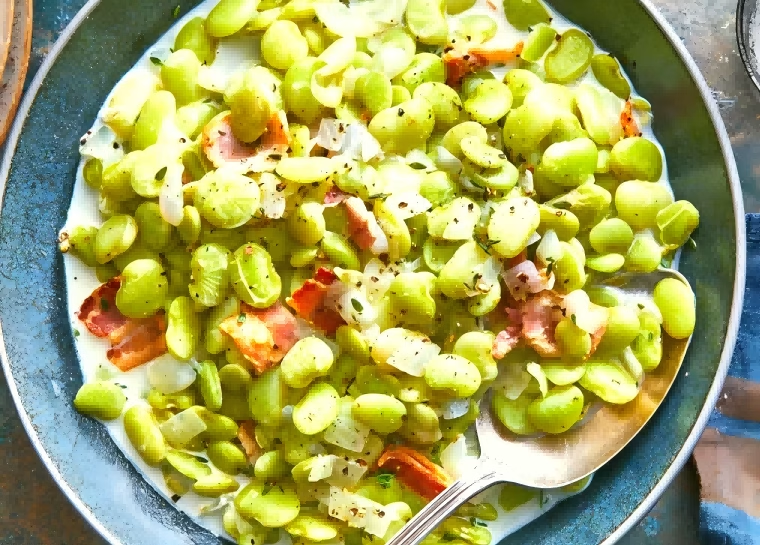Lima beans are a must-try for those who enjoy a sandy texture and a rich, rich taste. Lima beans are a large bean variety. Rich in nutrients, including protein and carbohydrates, they are particularly suitable for vegetarians to supplement their daily protein needs. Lima beans are delicious and not too mushy when cooked. What are some recommended ways to cook lima beans for a healthier nutritional intake?
Lima beans are oval, kidney-shaped, and the largest bean variety. Lima beans are native to Central and South America. They thrive in sandy soils and require approximately three months to grow. Lima beans vary in variety and seed coat color, including white, yellow, brown, and mottled. White seed coats are more common in Taiwan.
Lima beans provide protein and help stabilize blood pressure and nerves.
Each lima bean pod contains 3 to 5 beans. Lima beans are high in protein, containing 7.8 grams per 100 grams, which helps maintain satiety and increase the nutrients needed for cell synthesis. Vegetarians, the elderly, and children especially need more protein in their diets, so using lima beans in cooking is highly recommended.
Lima beans contain a variety of minerals, especially potassium, which helps with nerve, muscle, and blood pressure function. They also contain phosphorus and calcium, which promote bone and tooth formation. Magnesium helps stabilize blood pressure and regulate mood, making them a multifaceted food.
Lima beans are high-quality starch. How can they be prepared healthily?
Lima beans are a high-quality starch and are classified as a staple food. Because they contain a lot of carbohydrates, they are highly recommended for cooking with rice. Adding them to rice not only imparts a bean aroma and a rich texture, but also provides dietary fiber.
Eating lima beans with the skin on is beneficial for digestion. However, when adding them to rice, it’s recommended to reduce the amount of rice cooked and exercise caution to avoid accidentally consuming too much starch.
Lima beans can be used therapeutically to remove dampness and reduce swelling. Stir-frying them lightly is better than using rich dishes. Stir-frying them with mushrooms and vegetables creates a fresh, sweet, and flavorful dish perfect for the whole family. I recommend using peas in soups for their rich, creamy texture, which adds a touch of flair.
Beans are suitable for cooking with both the elderly and children, as they provide protein and support muscle development. Steam peas and mash them into a puree. Seasoning the puree and adding it to salads or wrapping it in pancakes creates a variety of sweet and savory combinations. However, be aware that it is high in potassium and not suitable for those with kidney problems. This ingredient is essential for winter and spring dinners.
Are peas and broad beans the same?
Although they look similar, peas and broad beans are different beans. Peas (Lepidium spp.) are native to Central and South America and have a flatter bean shape. Broad beans (Houttuynia spp.) are native to southwestern Asia and North Africa and have pods resembling silkworms, while broad beans are rounder.


Leave a Reply